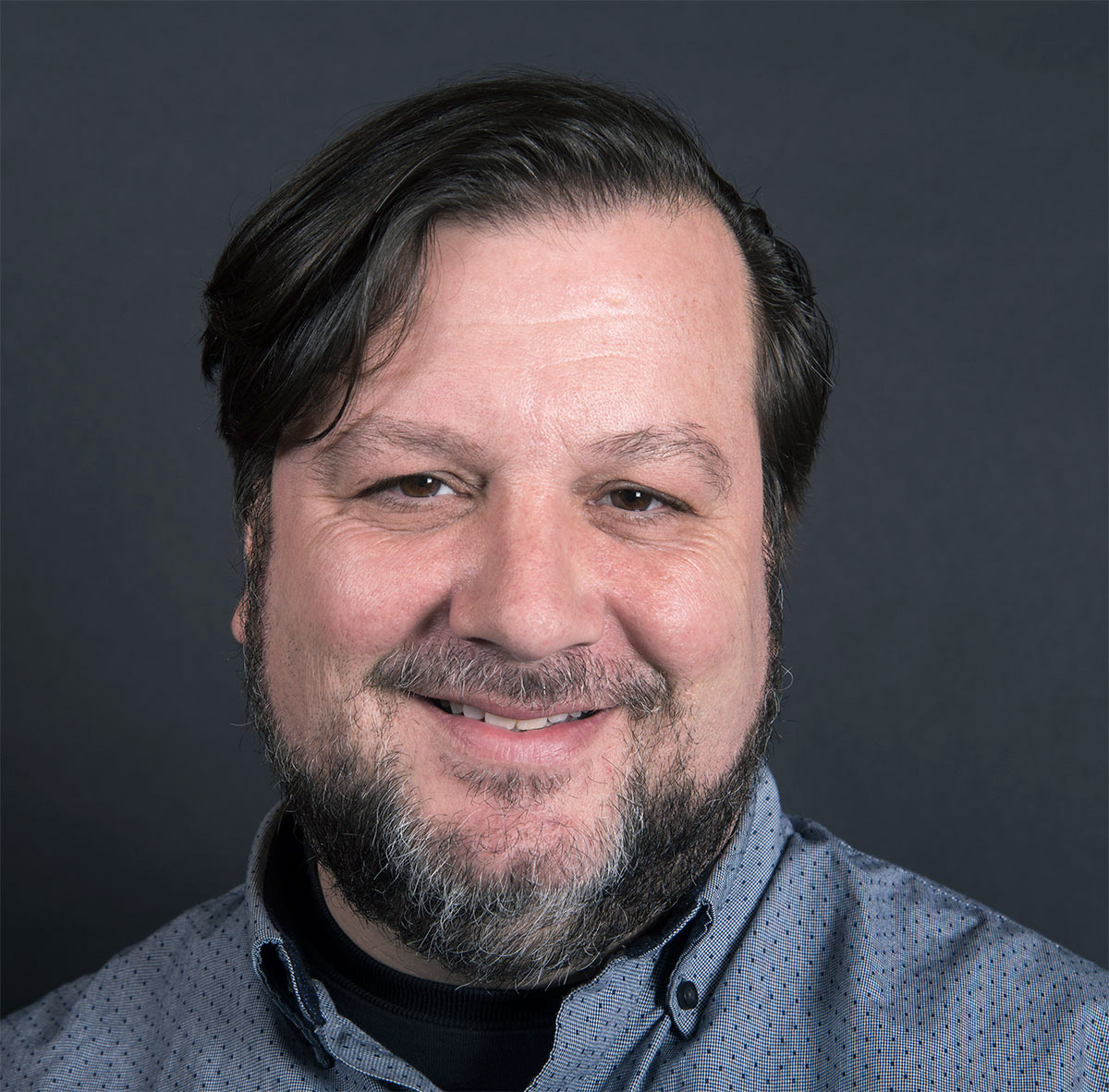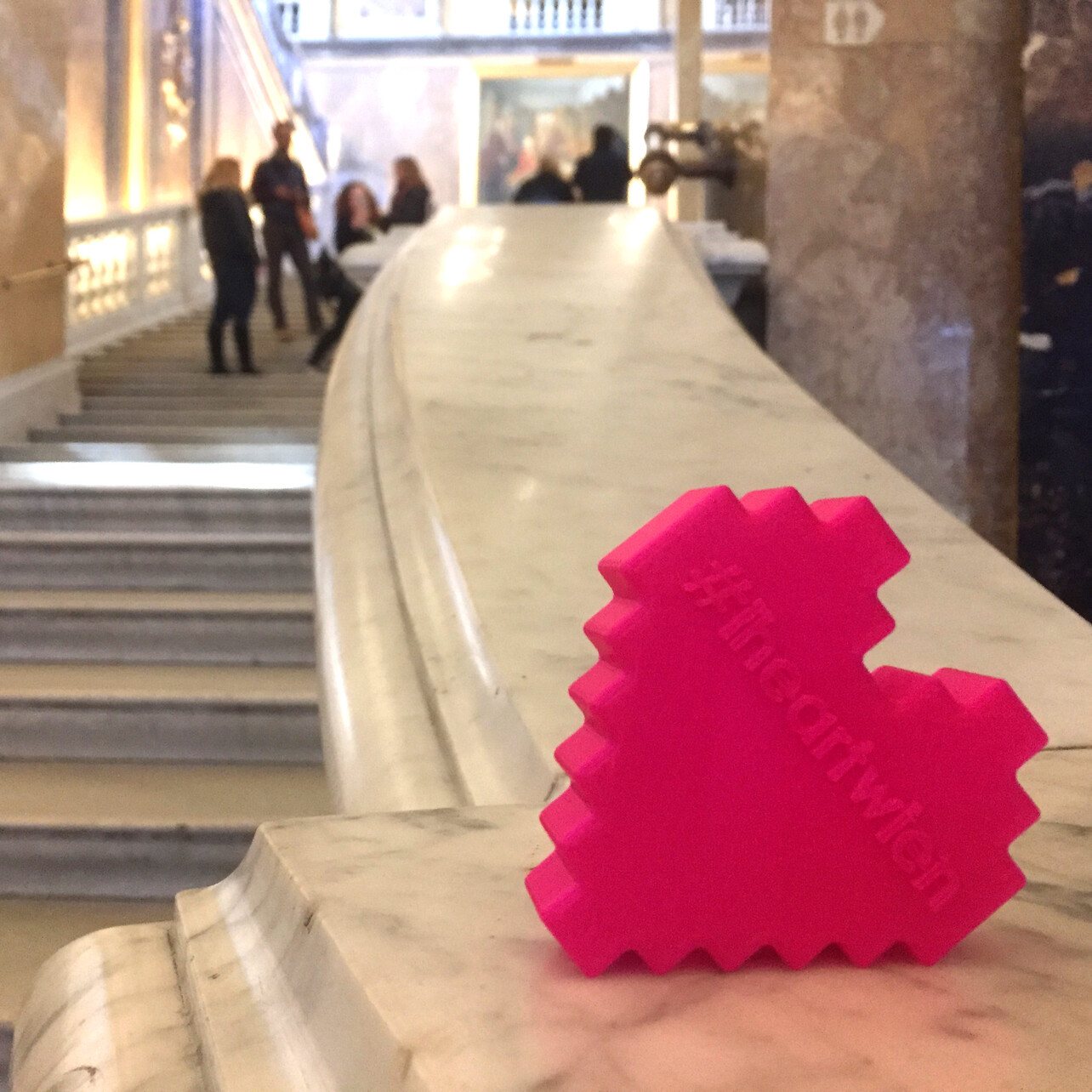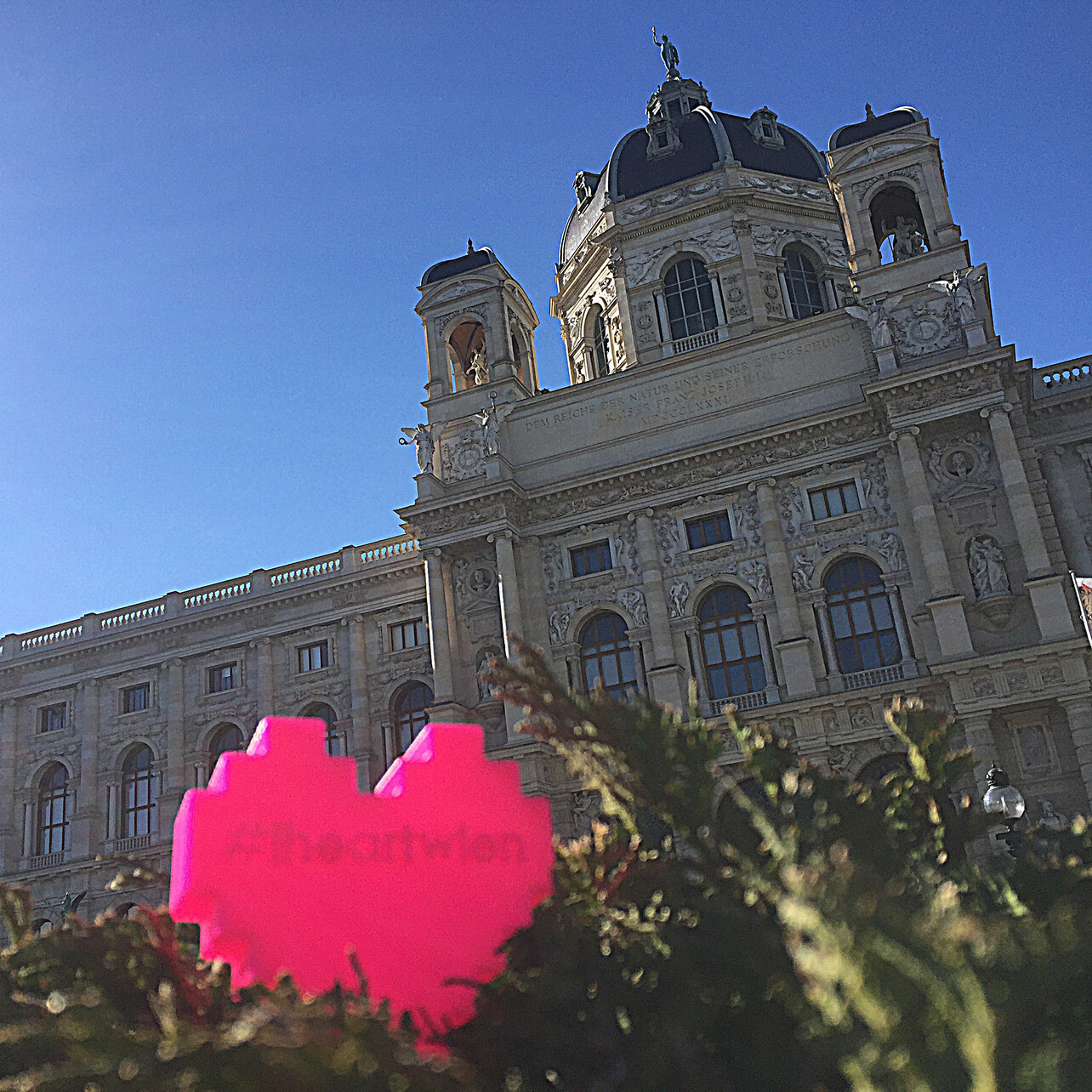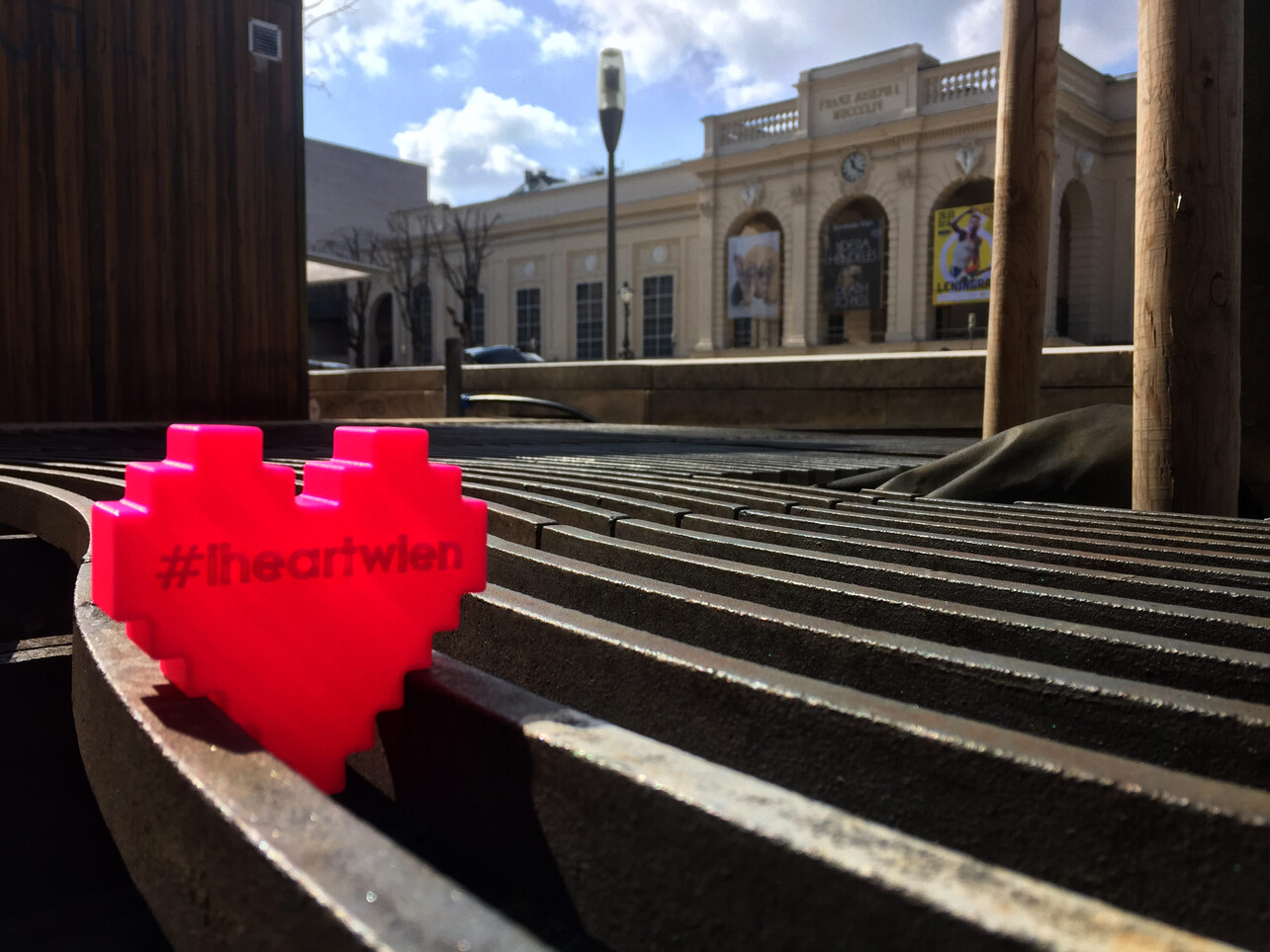Markus Vogl
area: Media Art
Key Facts
nationality
USAarea
Media Artresidence
Akronrecommending institution
Fulbright Commissiontime period
March 2018 - April 2018Markus Vogl is an Associate Professor in Graphic Design at the Myers School of Art at the University of Akron and a NE Ohio based multimedia artist experimenting in multiple sensory experiences combining sound, environments and interactive installation. He holds a Masters of Fine Art degree in New Media from Donau Universitaet Krems/transart institute and has 25 years of experience in the field.
Originally from Salzburg, Austria he has exhibited internationally in the U.S., Asia, Europe and Australia. He has been recognized in Leonardo magazine for his collaboration Circadian Capital. He has received a 2012 NEA Media in Arts Grant for S.A.R.A.: Synesthetic Augmented Reality Application, a wearable synesthetic performance device. S.A.R.A. has been shown at ingenuityfest, Collider, the Cleveland Public Theater, the Academy of Visual Arts in Hongkong and Nanyang University Singapore. His collaborative research was recently presented at the 2014 International Symposium on Wearable Computing’s Design Exhibition at Seattle’s EMP, where the project S.A.R.A. received the ’aesthetic design’ jury award.
He has presented papers at the Shapeshifting conference in Auckland, New Zealand, the New Media Art Caucus Artist showcases during the Annual College Art Association Conference, South by SouthWest Austin, Texas, Digital Fashion, London, Computers and the History of Art conference, London and the BIFT/ITAA research Symposium at Beijing, has been part of over 60 exhibitions on 4 continents and has been a featured speaker at events in the US.
Education
Masters of Fine Arts New Media Arts - transart institute | Donau Universität Krems, Austria- 2007
Bachelor of Science Multimedia and Web Design - Art Institute of Fort Lauderdale (graduated magna cum laude) - 2000
Professional Experience
University of Akron - Associate Professor - 2016 - present
Assistant Professor for Graphic Design with emphasis on Interactive Media and New Media Art
University of Akron - Assistant Professor - 2010 - 2016
Assistant Professor for Graphic Design with emphasis on Interactive Media and New Media Art
School of the Art Institute Chicago - Part Time Instructor - 2007 - 2010
Part Time Instructor for Art and Technology and First Year
DeVry University - Adjunct Professor - 2009 - 2010
Adjunct Professor for Web Graphic Design and Interactive Media
Illinois Institute of Art - Technology Support Supervisor - 2006 - 2010
Technology Support Supervisor in charge of all technology on campus, managed team of 4 technicians, implemented software and hardware upgrades and purchases, maintained technology, oversaw network infrastructure
Pixel Foundry - Principal/Owner - 2000 - present
Full service design house for small, medium and large size clients in South East Florida Client List excerpt: Fort Lauderdale ACM SIGGRAPH chapter, mun2 and mtv - television station
In silico et in situ proposes to take art out of the gallery and into the environment by creating site-specific art installations manifested through the use of technology. The process for these site-specific sculptural interventions is as follows. I start by by sourcing unique natural or urban forms via 3D scanning and 3D modeling. The source material may have some historical or cultural narrative associated with it or may be aesthetically unique. The scanned object site is documented via 360 degree photography for reference. The source material scan is then manipulated in 3D software. These 3D virtual sculptures are then physically manifested through the use of 3D printing in a variety of materials. The scale of the 3D prints are rather small due to the constraint of the printer bed size – so I will refer to them as miniature artworks. These 3D prints are then placed back into the natural or urban environment to create a site-specific installation. The narrative of the source material is intricately linked with the artwork, converging in the creation of a contemporary re-contextualization of culture.
For the Fulbright-Q21/MuseumsQuartier Artist-in-Residence, I propose to create In silico et in situ – Wien, a GPS art treasure hunt version of the project which would include posting the GPS coordinates on my website (and/or printed to hand out at MQ) so one can wander through Vienna and discover the miniature artworks. Vienna with its rich history has many Verborgene Schaetze" and this project could highlight hidden places (and things) to discover. As part of the project, 360 degree photographs of the spaces where the geotagged objects are located will be taken. Documentation photos will also be taken of the miniatures in their new homes. These photographs will also be exhibited on the project website to allow for a wider audience to explore the geocached locations throughout Vienna in virtual space. It would be my hope to exhibion documentation of the project sometime towards the end of the residency (dependent on availability of RaumD).
To form a concrete follow-through of my vision of the project, I propose the following examples:
I could 3D scan an element of an architectural building also built by Fischer von Erlach. Let’s say the original Schoenbrunn. This miniature could be brought to the MuseumsQuartier to “re-historize” the stables he designed, that are the foundations of the MuseumsQuartier.
Or to take this thought even further, could I locate one of Arik Brauer’s (an opponent of the MuseumsQuartier concept) Buddy Bears and reintroduce 3D miniaturized replications of them to the quartier?
Or in reverse could I scan the “Enzis | Enzos | MQ Furniture” and introduce a miniatureversion to a corresponding locale?
Infinite possibilities for historical and cultural discourse present themselves and could be discovered in a treasure hunt all over the city of Vienna. The project would result in technologically re-contextualized fragments of time, space, cultural and historical significance acting as a catalyst for timely conversations in a contemporary art context.
As with many research based art projects, the research is absolutely experimental in nature and tries to discover if the combined use of contemporary technology, the fact that they are taken out of the historical and cultural context and the re-placement into the urban landscape in combination with the geo art caching treasure hunt constitute a narrative rich project that will interest art enthusiasts at large.
Another project that has been developed during the residency is a derivative of a project that we have been working on since 2011, called iheart [i<3]: #iheartwien is a city-specific street installation and an interactive social media project by //benitez_vogl while Markus Vogl is a Fulbright fellow and Artist in Residence at MuseumsQuartier/Q21 in Vienna, Austria. The 3D printed lifehearts with #iheartwien on them are scattered throughout the city via street art.
We are also making 3D hearts available for people to use in photographs of places or with things they love while in Vienna. We ask that people use the hashtag #iheartwien when posting these photos on social media so we/others can find them. The hearts as well as other 3D printed artefacts from Vienna are also available at the street art passage vending machines at MuseumsQuartier.



